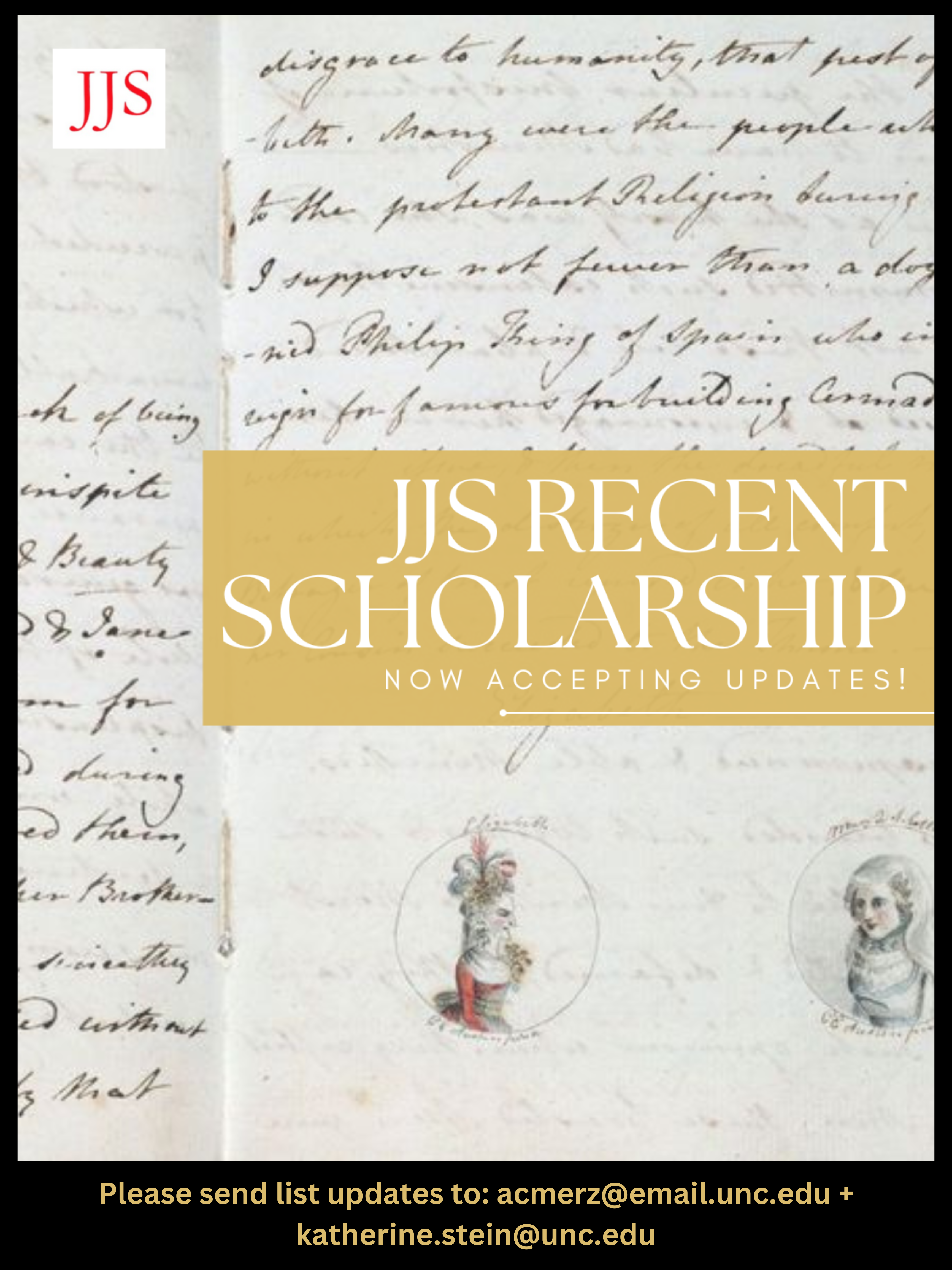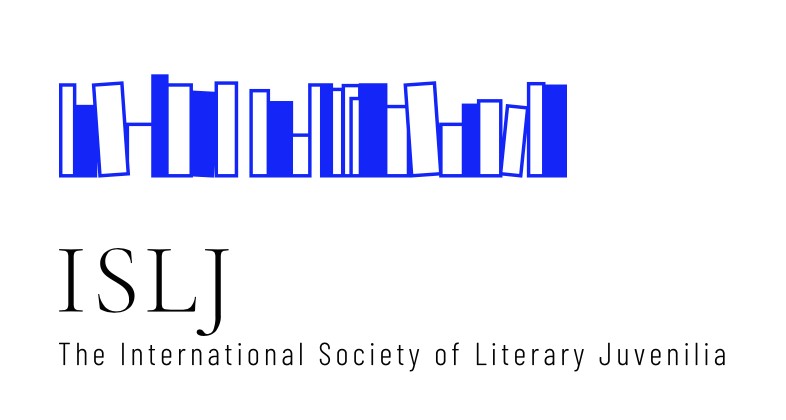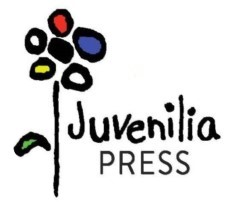Submissions
Submission Preparation Checklist
As part of the submission process, authors are required to check off their submission's compliance with all of the following items, and submissions may be returned to authors that do not adhere to these guidelines.- The submission has not been previously published, nor is it before another journal for consideration (or an explanation has been provided in Comments to the Editor).
- You have prepared an abstract of 250-300 words. The OJS platform requires abstracts; you will not be able to upload your submission without one.
- Neither your name nor your affiliation appears anywhere in the abstract, in the body of the article, in its header or footer, or in the name you have given the file.
- The submission file is in OpenOffice, Microsoft Word, or RTF document file format.
- The text uses a 12-point font (preferably Times New Roman); employs italics, rather than underlining (except with URL addresses); and all illustrations, figures, and tables are placed within the text at the appropriate points, rather than at the end.
- All illustrations are at least 300 dpi.
- The text adheres to the stylistic and bibliographic requirements outlined in the Author Guidelines.
- Where available, DOIs for the references have been provided.
- You have made every reasonable effort to determine rights to third-party work (such as images) used in the submission, and have obtained permission for this use wherever possible. Permission has been acknowledged in the submission. No submission will be accepted for publication until all necessary permissions have been obtained.
- You are aware that the Creative Commons Attribution-Noncommercial-No Derivatives 4.0 International license applies to all works published by the Journal of Juvenilia Studies and that authors will retain copyright of their work.
- You agree that the editors' decision whether or not to publish your submission is final, and that if your submission is accepted for publication subject to revision, the editors will determine whether those revisions have been carried out successfully.
- You understand that harassment or abuse of JJS editors, board members, or other volunteers will not be tolerated under any circumstances.
Invited Contributions
This section may not appear in every issue. It is for creative or scholarly contributions that were invited by the Journal of Juvenilia Studies editor.
Peer-Reviewed Articles
In this section the Journal of Juvenilia Studies publishes full-length scholarly articles that have been accepted following a double-blind peer review process.
Spotlight on Juvenilia
This section features shorter essays (approximately 3000 words). Their purpose is to introduce readers and scholars of juvenilia to a little-known work, to use generous quotations and commentary to give readers a sense of what this work is like (content and style), and to suggest reasons why it should be read and studied. The structure of these contributions can be similar to that of a book review. Acceptance of submissions to this section are subject to a double-blind peer-review process.
Copyright Notice
The Creative Commons Attribution-Noncommercial-No Derivatives 4.0 International license applies to all works published by the Journal of Juvenilia Studies and authors retain copyright of their work.
![]()
Privacy Statement
The data collected from registered and non-registered users of this journal falls within the scope of the standard functioning of peer-reviewed journals. It includes information that makes communication possible for the editorial process; it is used to inform readers about the authorship and editing of content; it enables collecting aggregated data on readership behaviours, as well as tracking geopolitical and social elements of scholarly communication.
This journal’s editorial team and its hosting service, the University of Alberta Libraries, use this data to guide its work in publishing and improving this journal. Data that will assist in developing this publishing platform may be shared with its developer Public Knowledge Project in an anonymized and aggregated form, with appropriate exceptions such as article metrics. The data will not be sold by this journal, the University of Alberta Libraries, or PKP nor will it be used for purposes other than those stated here. The authors published in this journal are responsible for the human subject data that figures in the research reported here.
This website uses Google Analytics, a service which transmits website traffic data to Google servers in the United States. Google Analytics does not identify individual users or associateyour IP address with any other data held by Google. This journal uses reports provided by Google Analytics to help it understand website traffic and webpage usage, and repot on such usage to funding agencies, association members, and other agencies. You can opt out of Google Analytics by installing this browser add-on.
Those involved in editing this journal seek to be compliant with industry standards for data privacy, including the European Union’s General Data Protection Regulation (GDPR) provision for “data subject rights” that include (a) breach notification; (b) right of access; (c) the right to be forgotten; (d) data portability; and (e) privacy by design. The GDPR also allows for the recognition of “the public interest in the availability of the data,” which has a particular saliency for those involved in maintaining, with the greatest integrity possible, the public record of scholarly publishing.


.jpg)
 Dedicated to the discussion and promotion of literary works by young writers
Dedicated to the discussion and promotion of literary works by young writers

